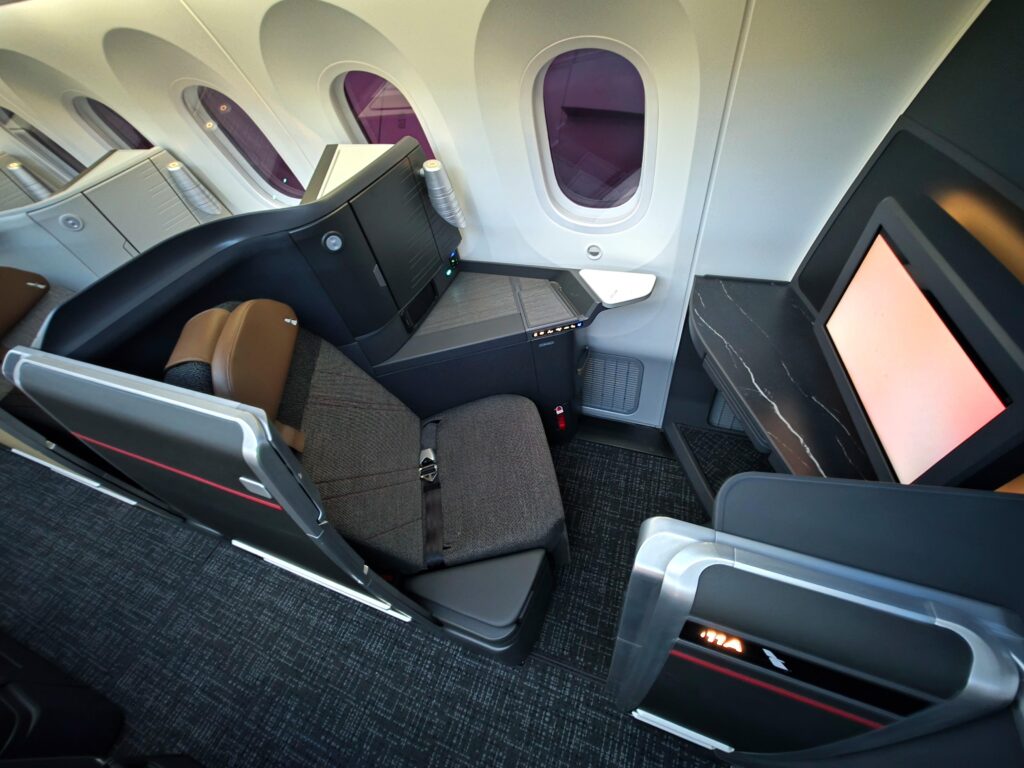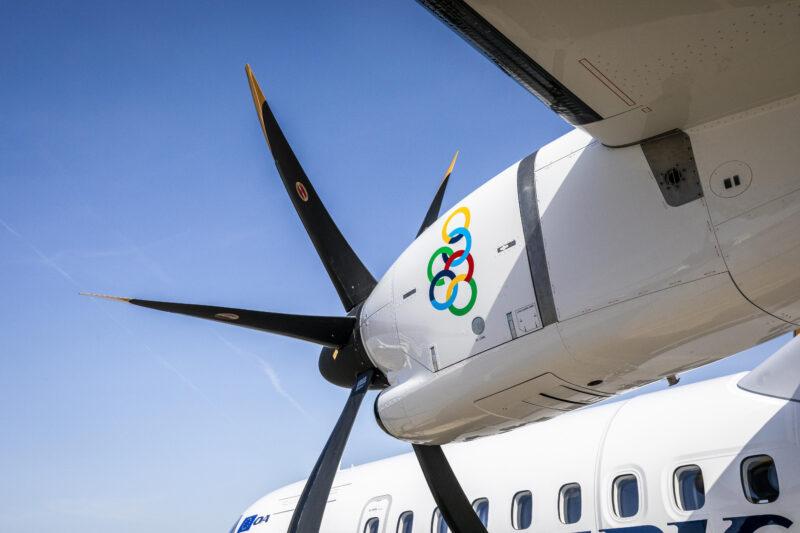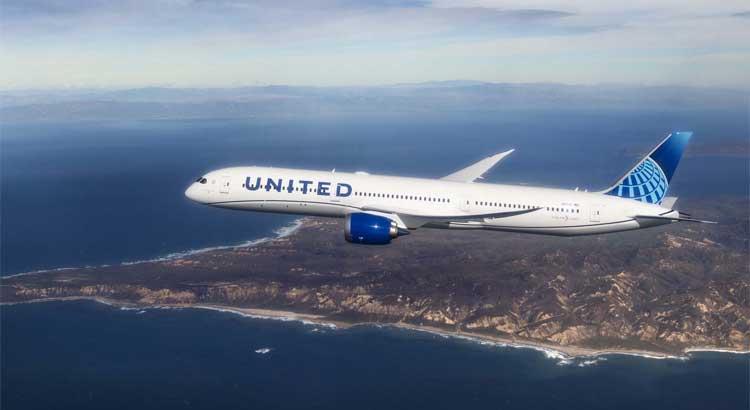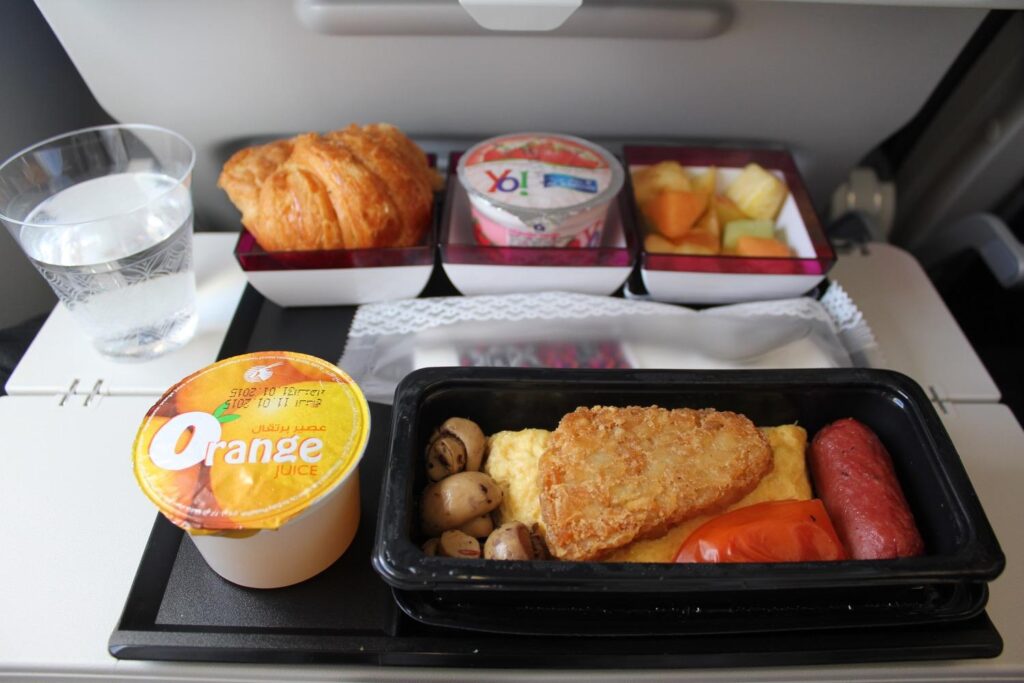
How To Enjoy A Passport-Free Cruise
I’ve found that not everyone who loves to travel wants to juggle the complexities of passport renewals or last-minute visa issues. Because of that, one of the most interesting loopholes in travel involves closed-loop U.S. cruises, where a passport might not be required at all—an especially intriguing option if you’re a frequent flyer used to tight deadlines and swift airport connections. Even so, I’ve come to learn that a little knowledge can save you a world of hassle, particularly if your trip involves combining land and sea adventures. So let’s dive into how closed-loop cruises work, why they can be passport-free, and what kinds of insider tips you can use to make your journey smoother.
What Is a Closed-Loop Cruise?
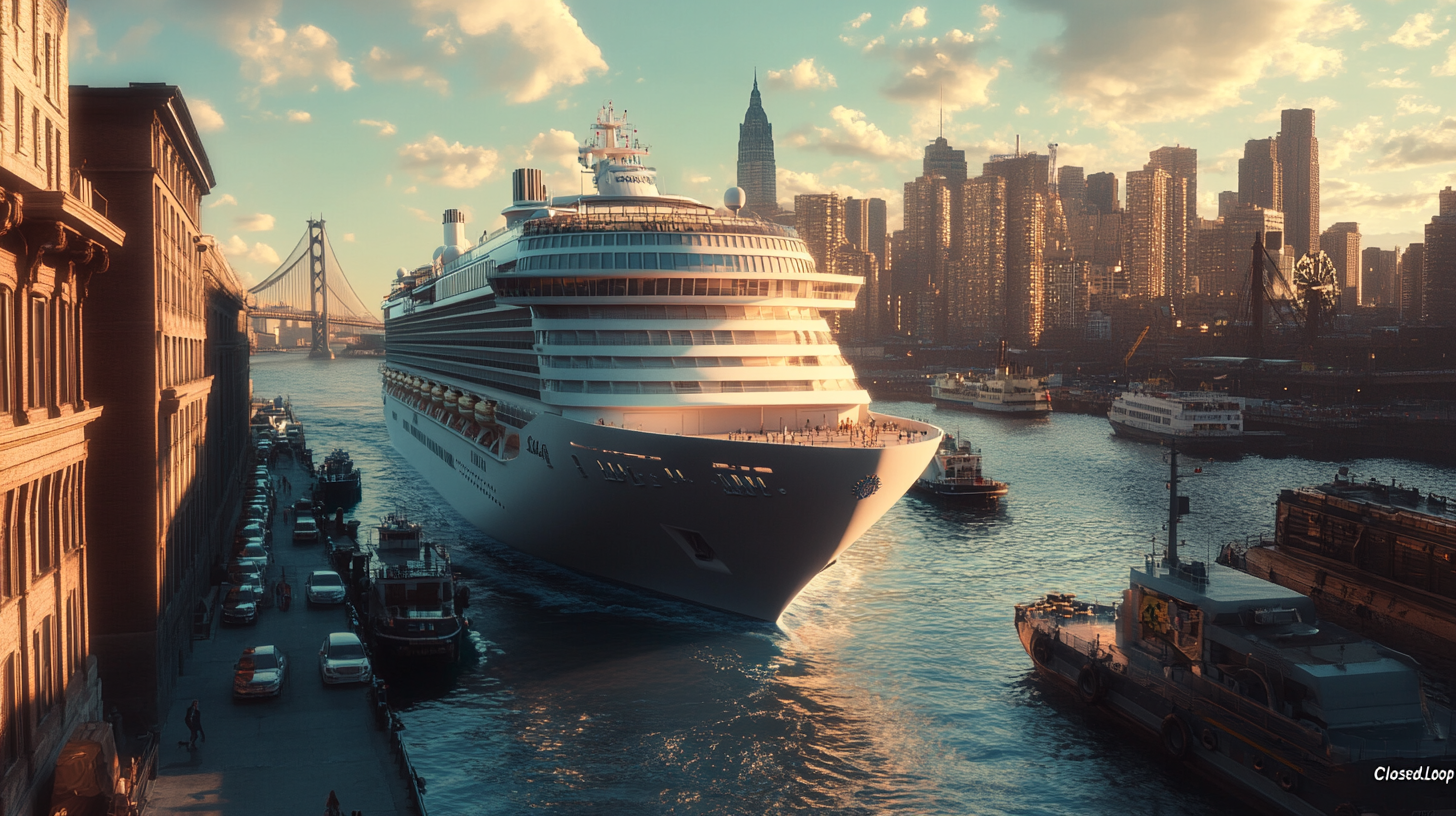
A closed-loop cruise is any sailing that begins and ends at the same U.S. port. According to data from the U.S. Department of Homeland Security, these specific itineraries permit American citizens to board using government-issued photo IDs, plus a birth certificate rather than a valid passport. In my own travels, I’ve noticed that this rule tends to be less commonly understood, which is why some travelers arrive at the port with an unused passport “just in case.”
That said, every cruise line has its own list of requirements, and those can change with little notice—particularly if a port of call modifies its entry protocols. I’ve heard from fellow travelers who were initially told they could board without a passport, only to learn later that a new regulation demanded one. In 2024, for instance, certain Caribbean routes briefly updated their documentation requirements. So before you set sail, it’s absolutely essential to verify with both the cruise line and any countries on your itinerary.
One key takeaway is that closed-loop rules only apply if you truly start and end in the same place. If weather or another circumstance reroutes your ship to a different final destination, having a passport might be the only way to re-enter the country without bureaucratic hiccups. It’s a bit like frequent flyer miles: you can plan your route down to the last detail, but unexpected changes do happen, so always brace for the unexpected.
Which Cruise Lines Offer Passport-Free Voyages?
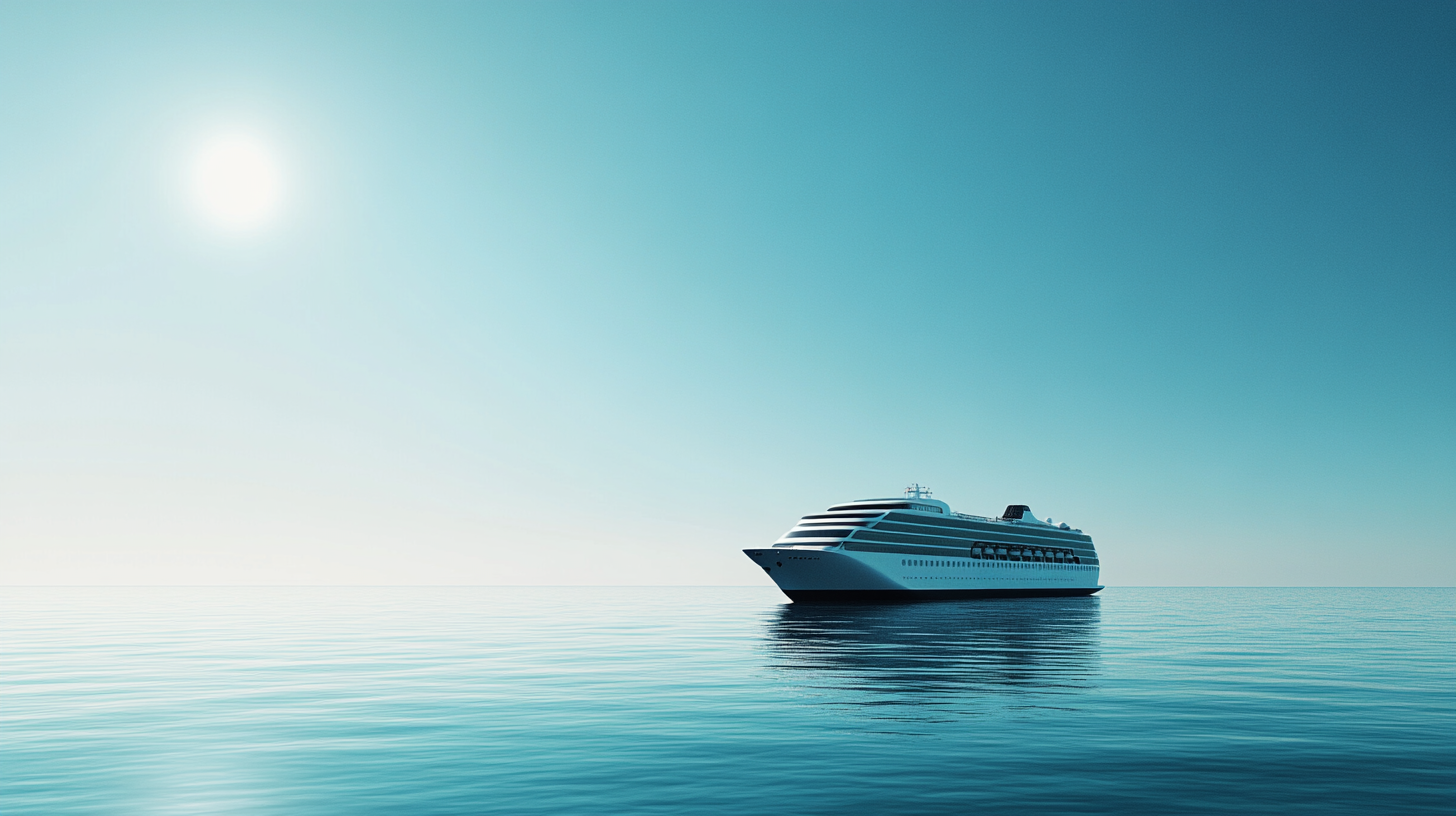
Many mainstream lines offer closed-loop adventures where you can sail with alternative documentation. Carnival, Norwegian, and Disney Cruise Line are standouts, each marketing select U.S.-to-U.S. itineraries that allow passengers to skip the passport if all ports fit the closed-loop definition. In my own experience, these options are particularly popular for shorter sailings—think three- to five-day trips—where travelers just want a quick getaway without the formalities of international travel paperwork.
According to a recent study from the Cruise Lines International Association (CLIA), nearly 60% of new cruisers in 2024 opted for shorter itineraries. This suggests we’ll likely see continued interest in passport-free voyages. However, one word of caution: just because the cruise line doesn’t demand a passport doesn’t mean local immigration authorities won’t have special rules. I’ve seen families get caught off guard when they forget to confirm the entry requirements for minors or when the last name on a child’s birth certificate didn’t match their current legal surname.
If you’re mapping out your dream itinerary, do yourself a favor and check—and double-check—every single port of call. Sometimes, a lesser-known port might request different documents, even on a closed-loop route. In scenarios involving last-minute itinerary changes, I’ve observed that having a passport can protect you from logistical nightmares, so weigh the pros and cons wisely before setting sail.
Our Top Three Passport-Free Destinations

1. The Bahamas: In my experience, The Bahamas tops the list for quick tropical escapes, especially departing from Florida. The bright turquoise waters are simply irresistible for snorkeling or diving, and I love how most shore excursions cater to various budgets and interests. Because it’s just a short hop from many southern U.S. ports, you’ll have enough time to soak in the island vibes without worrying about longer ocean crossings.
2. Alaska: Venturing north offers a stark contrast to typical sun-and-sand cruises. I once spent an afternoon marveling at a calving glacier near Juneau—an unforgettable scene of ice fracturing into brilliant blue water. Many sailings leave from Seattle or other U.S. ports in the Pacific Northwest, giving you a variety of routes that fit the closed-loop criteria. If you’re an avid flyer, you can often redeem airline miles to get to the departure port, and the scenery alone is worth those extra miles.
3. The Caribbean: With multiple U.S.-based departure points—like Miami, Galveston, and New Orleans—the Caribbean remains a popular passport-free option. On my last Caribbean cruise, I discovered that islands such as Jamaica and Cozumel have local cultural celebrations that coincide with cruise arrivals, giving visitors a snapshot of authentic island life. From vibrant music festivals to local markets, these experiences can transform a typical beach getaway into a memorable cultural immersion.
Why a Passport Is Still Recommended

It might sound contradictory, but even if closed-loop cruises let you board without a passport, I strongly advise bringing one anyway. From a safety standpoint, if there’s a medical emergency that forces you to fly home from a foreign port, a passport remains the most universally accepted form of identification. According to the U.S. Department of State, emergency evacuations are simpler when travelers can show a valid passport to foreign authorities.
I also recall a friend who was stranded overseas due to an unexpected hurricane rerouting. His ship couldn’t port near the intended U.S. city, so passengers were flown home from a different country. Without a passport, his situation would have been far more complicated. It’s stories like these that convinced me to never leave home without one, even if the rules say you don’t absolutely need it.
Additionally, while enhanced driver’s licenses or passport cards may suffice for some Western Hemisphere travel, coverage isn’t always guaranteed at every port. Some lesser-known destinations may not accept these alternatives as valid ID. Ultimately, a passport offers you the most flexibility, and in my view, it’s worth it for the peace of mind.
Frequent Flyer Tips for Seamless Sailing

Whenever I add a cruise to my flight-heavy travel schedule, I make sure to align the names on my photo ID, flight tickets, and cruise reservation. A mismatched name can trigger extra security checks—especially in 2025, when airports have become more vigilant about identity verification and Real ID compliance. If you’re a mileage enthusiast, be mindful about how your airline-points booking might interact with cruise travel requirements.
In my own planning, I’ve noticed that some homeport cities—like Los Angeles or Fort Lauderdale—have more streamlined connections between airport and cruise terminal. If you’re flying in from afar, consider arriving at least one day before embarkation. That buffer day keeps you relaxed if there’s a flight delay or bag issue. According to industry data, arriving early reduces the risk of missing your cruise by up to 80% compared to same-day arrivals.
One final tip: always bring backups. I usually keep a digital copy of crucial documents on an encrypted storage app, and I stash a second printed ID in a separate bag. When your traveling style blends both flying and cruising, those extra steps can be a lifesaver if something goes missing en route.
Final Thoughts

Closed-loop cruises can be a convenient and cost-effective way to explore, particularly for frequent flyers itching to add a relaxed sea element to their plans. By understanding the finer points—from acceptable ID forms to each port’s entry requirements—you’ll set yourself up for a smooth journey. In my observations, proactive research is the real magic ingredient. Even a short phone call to your cruise line can clear up potential documentation confusion.
At the end of the day, careful preparation means less time rummaging through paperwork and more time soaking up the experiences a new destination can offer. I’ve found that when you travel confidently, you can focus on the moment, whether that’s a once-in-a-lifetime glacier sighting in Alaska or dancing to a lively steel drum band in the Caribbean.
Brad Lightall’s Take
I’ve learned from countless hours of research and my own travels that adaptability is everything. Sometimes the minimal documentation route works just fine, but there’s always a case for having that full passport in your pocket. After all, the real essence of travel lies in the surprises and how well we handle them.
If you ask me, the best approach is to stay curious—always look for new ways to optimize your trip, whether it’s sneaking in a shorter line at the airport or uncovering a hidden gem on an island you’re visiting for just a day. After all, the more prepared you are, the more effortless the adventure becomes.
Stay with us at BoardingArea, your go-to resource for travel insights.
- For those frequent flyers looking to add a touch of enchantment to their sea voyages, Disney Magic: A Frequent Flyer’s Delight at Sea might just be the escape you’ve been dreaming of.
- Find out why so many travelers are raving about their experiences aboard Discover Why Flyers Love Carnival Sunshine Cruises for a memorable cruising adventure.
- Before you embark on your next journey, make sure you check out Avoidable Mistakes When Traveling: A Comprehensive Guide to a Smoother Journey to steer clear of common travel pitfalls and ensure a seamless trip.
- If you’re longing for a perfect escape, immerse yourself in the delights of Experience the Ultimate Getaway: A Perfect Day at CocoCay and discover why it’s the ultimate getaway.
- Curious about the unique world of clothing-optional travel? Dive into Nude Cruises: Exploring the Liberating World of Clothing-Optional Voyages for an eye-opening exploration of this liberating cruise experience.

